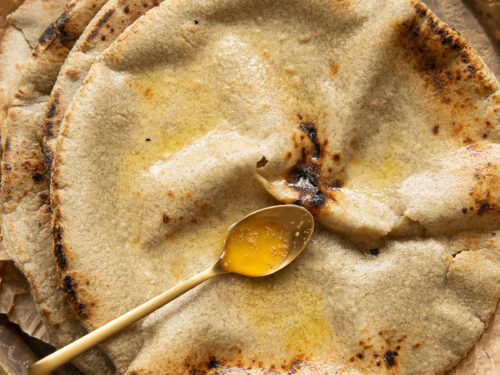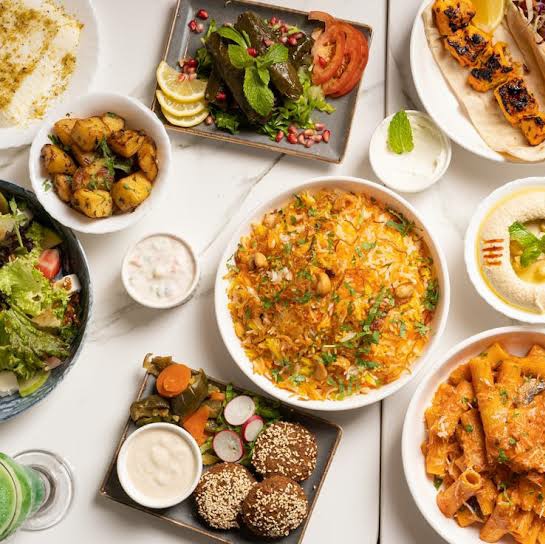Food has an undeniable power to evoke memories, stir emotions, and bring people together. It’s not just about nourishment; it’s an experience that engages all our senses. And in the age of social media, food has found a new dimension – it’s not just about tasting, but also about seeing. Food photography, once relegated to the realm of professionals, has become a ubiquitous hobby for many. It’s no longer just a way to remember a delicious meal; it’s a form of art that allows us to capture both the essence of a dish and the memories associated with it. In this blog, we will explore the art of food photography, uncover the techniques and secrets that make it so captivating, and discover how it goes beyond mere documentation to become a medium of storytelling and creativity.
The Rise of Food Photography
Food has always held a special place in the world of photography. Early cookbooks often featured hand-drawn illustrations of dishes, and as photography evolved, so did its application in food-related media. However, the real revolution in food photography came with the rise of social media platforms like Instagram and Pinterest.
Today, anyone with a smartphone and an Instagram account can be a food photographer. Food photography is not just a way to share what’s on your plate; it’s a form of self-expression. People meticulously arrange their dishes, choose the right lighting, and snap away, transforming meals into stunning visual stories. It’s no longer just about remembering what you ate; it’s about sharing an experience, an emotion, and a memory.
The Ingredients of a Great Food Photo
Creating a captivating food photograph isn’t just about pointing your camera at your meal and clicking. It’s a combination of art, science, and storytelling. Here are some key ingredients that go into making a great food photo:
1. Composition: Like any photograph, composition plays a pivotal role in food photography. The arrangement of elements within the frame can make or break a shot. The rule of thirds is a good starting point, but don’t be afraid to experiment with angles and framing to create unique compositions.
2. Lighting: Lighting is arguably the most crucial aspect of food photography. Soft, diffused natural light is often preferred as it highlights the colors and textures of the food without harsh shadows. Window light is your best friend, but you can also use artificial lighting setups for more controlled results.
3. Styling: Food styling involves arranging the elements in the frame to make the dish look as appetizing as possible. This might include using props like utensils, napkins, or garnishes to enhance the scene.
4. Color Palette: Pay attention to the color palette of your dish and the background. Complementary colors can make the food pop, while monochromatic schemes can create a more elegant and moody vibe.
5. Depth of Field: Experiment with depth of field to create different effects. A shallow depth of field (achieved with a wide aperture) can isolate the subject from the background, drawing the viewer’s eye to the food itself.
6. Texture: Food has a rich texture, and capturing it effectively can elevate your photograph. This can be achieved through careful lighting and close-up shots that emphasize the details.
7. Storytelling: Beyond the aesthetics, a great food photo tells a story. It communicates the ambiance of the meal, the emotions it evokes, and the memories associated with it. This is where the art of food photography transcends documentation and enters the realm of storytelling.
Tools of the Trade
While the advent of smartphone cameras has made food photography more accessible, serious food photographers often use more advanced equipment to achieve professional results. Here are some tools commonly used:
1. DSLR or Mirrorless Cameras: These cameras offer more control over settings like aperture, shutter speed, and ISO, allowing for greater creative freedom.
2. Tripods: A stable camera is essential for capturing sharp, detailed images. Tripods are especially useful in low-light conditions or for long exposure shots.
3. Lenses: Different lenses offer various perspectives. A macro lens can capture intricate details, while a prime lens with a wide aperture can create beautiful bokeh (blurred background) effects.
4. Reflectors and Diffusers: These tools help control and manipulate light, allowing for softer, more even lighting.
5. Editing Software: Post-processing software like Adobe Lightroom or Photoshop is often used to fine-tune colors, contrast, and other aspects of the image.
The Art of Telling a Story through Food Photography
Food has the power to transport us back in time, trigger cherished memories, and evoke a wide range of emotions. Food photography, when done right, can harness this power to create visual stories that resonate with viewers on a deep level.
1. Setting the Scene: A well-executed food photograph doesn’t just focus on the dish itself; it sets the scene. For example, a beautifully plated breakfast with a steaming cup of coffee in the background can transport viewers to a cozy Sunday morning. The setting should complement and enhance the food’s story.
2. Emotion and Nostalgia: Food can evoke powerful emotions and nostalgia. Think about the dishes that remind you of your grandmother’s cooking or a special meal shared with friends. Capturing those emotions in a photograph—perhaps through the expressions of people enjoying the food or the details that make a dish unique—adds depth to your storytelling.
3. Cultural and Personal Context: Food is deeply intertwined with culture and personal history. Photographing a traditional family recipe being passed down through generations or a dish that represents your heritage can be a profound way to tell your story through food.
4. Before and After: Sometimes, the preparation of a meal can be as fascinating as the final dish itself. Consider including images of the ingredients, the cooking process, and the final presentation to give viewers a complete picture of the journey from raw ingredients to a delicious meal.
5. Capturing Moments: Candid shots of people enjoying a meal can be just as powerful as perfectly styled images of food. These moments capture the essence of dining – the joy, connection, and camaraderie that food brings.
The Ethical and Responsible Side of Food Photography
As we immerse ourselves in the world of food photography, it’s important to touch upon the ethical and responsible aspects of this art form. With the rise of social media, there has been a growing concern about the impact of food photography on society, particularly regarding issues like food waste and body image.
1. Food Waste: In the pursuit of the perfect shot, there’s a risk of wasting food. Responsible food photographers should be mindful of this and strive to minimize waste. It’s crucial to strike a balance between creating art and respecting the resources that go into making the food.
2. Authenticity: Authenticity is key in food photography. Misleading images that make food appear more perfect than it is can set unrealistic expectations and contribute to issues related to body image and self-esteem. Ethical food photographers prioritize honesty and transparency.
3. Cultural Sensitivity: When photographing food from different cultures, it’s important to do so with respect and cultural sensitivity. Appropriation and misrepresentation should be avoided at all costs.




